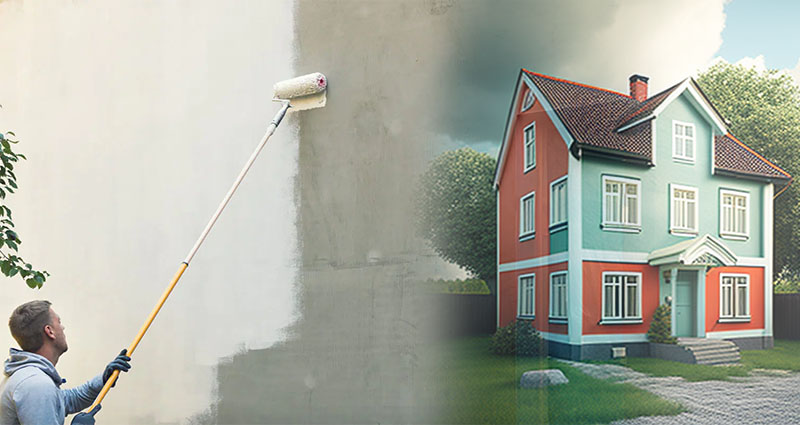If you’re getting ready for a home renovation project and have hired professional painters and decorators Basingstoke, you can sit back and relax knowing that the technical aspects of the job are in good hands. However, there are still a few steps you’ll need to take as you get ready for the renovation. Here are a few tips to ensure you are well-prepared:
1. Remove the Smaller Items
First and foremost, you’ll want to remove the smaller objects, such as ornaments and knick-knacks, from the rooms you intend to apply a fresh coat of paint. The number of items you’ll need to move will vary depending on the room, but it’s essential to ascertain that they’re removed from the area being painted and stored securely elsewhere. This will not only minimize the risk of damage but also ensure a seamless painting process.
2. Remove Mirrors, Frames and Other Hangings
Before your painter arrives, it’s important to take down all frames, mirrors, posters, and wall hangings. Just like the smaller objects, the number will vary from room to room, but it’s crucial that you take them down, wipe off any dust or cobwebs, and either wrap or protect them before storing them elsewhere. This will not only prevent any damage during the painting process but also allow for a uniform colour on the wall if you decide to change your decor in the future.
Whether or not to remove the nails from the wall is a personal preference that you can discuss with your painter. However, if you plan to rehang your frames and mirrors in the same spot, then leaving the nails on the wall and having them painted over is an option.
3. Protect the Soft Furnishings
As previously stated, removing as much furniture as possible from the room being painted will give your painters ample space to move freely and work without the risk of accidents. However, if you have soft furnishings such as sofas, beds, chairs and cots that cannot be moved, it’s best to place them in the centre of the room and cover them with plastic sheets or dust sheets. This will protect them from any paint splashes, drips, or accidental paint marks during the painting process.
4. Prepare the Surfaces for Painting
Once you have removed all items and coverings where necessary and also, removed or covered soft furnishings, you are now ready to work on the walls. If there is dust, cobwebs or pet hair present, brush them away or use a hoover to achieve the same results.
After this, you are ready for the next step which involves removing any old paint that may be flaking away as well as other undesirable substances on the surface you intend to paint. Keep in mind that failure to do this could result in the new layer failing to adhere properly and will likely peel off in no time. When it comes to dry debris like cobwebs, dust, and pet hair, you can use a brush, hoover or microfiber cloth to wipe it off. However, if you are looking at tackier material like grease, you will need a solution of dish soap and water to do the job.
It is imperative that you clean and prepare every surface that will have a new coat applied. This includes walls, ceilings as well as skirting boards. It may be during this process that you come across damage to spots that require deep cleaning. All these are things that you should do before the painter arrives.
If you are ready to give your home a new look but are uncertain where to begin, do not hesitate to reach out!










